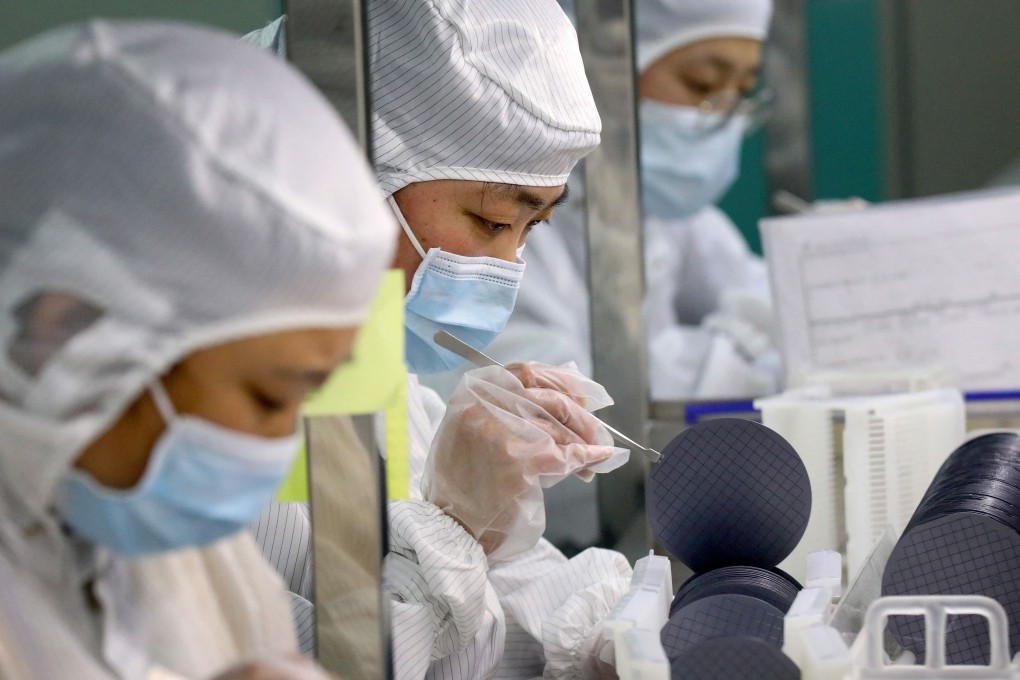China sees slower R&D growth in 2020 as government spending on science and technology fell amid the Covid-19 pandemic
- Research and development spending in China grew 10.2 per cent last year, accounting for a record 2.4 per cent of GDP
- Spending is getting closer to that of other advanced economies, but government investment in science and technology fell 6 per cent during the pandemic

Research and development spending made up a record 2.4 per cent of China’s economy in 2020, according to government statistics, moving closer to levels of R&D intensity in other advanced economies as spending slowed down as a result of interruptions from the Covid-19 pandemic.
China spent a total of 2.43 trillion yuan (US$375.7 billion) on R&D in 2020, up 10.2 per cent from the previous year, according to a report published jointly by the National Bureau of Statistics, the Ministry of Science and Technology and the Finance Ministry on Wednesday. It marked a slowdown from 12.5 per cent growth in the previous year.
While surpassing Beijing’s target of 7 per cent R&D spending growth, as set out in the 14th five-year plan, China’s R&D intensity lagged behind the average for the 38 members of the Organisation for Economic Cooperation and Development (OECD). R&D spending in the US was about 3 per cent of GDP last year, while Israel and South Korea led the ranking at about 5 per cent, according to the organisation’s latest figures released in March.
Under the latest five-year plan, for the period 2021 to 2025, Beijing aims to have basic research account for 8 per cent of total R&D expenditures.
However, basic research spending growth also slowed in 2020, rising 9.8 per cent to 14.67 billion yuan. That compares with 22.5 per cent year-on-year growth in 2019.
Zhang Qilong, a statistician at the bureau, told the state-owned news outlet People’s Daily that basic research activities slowed down last year because of delayed reopenings of universities and government-run research institutions, where most of that research is conducted, during the pandemic.